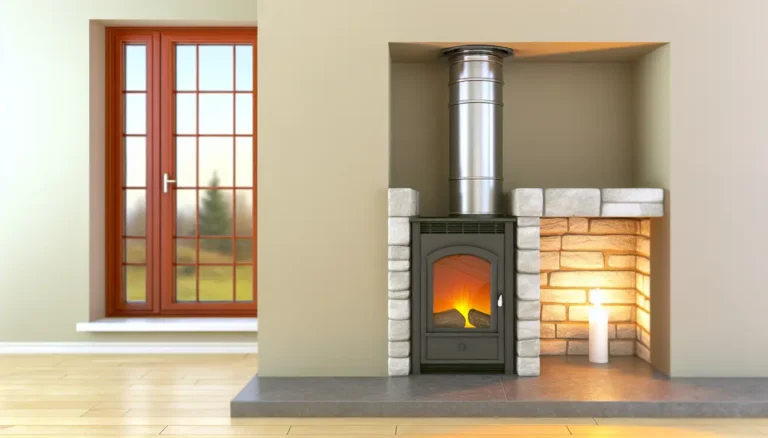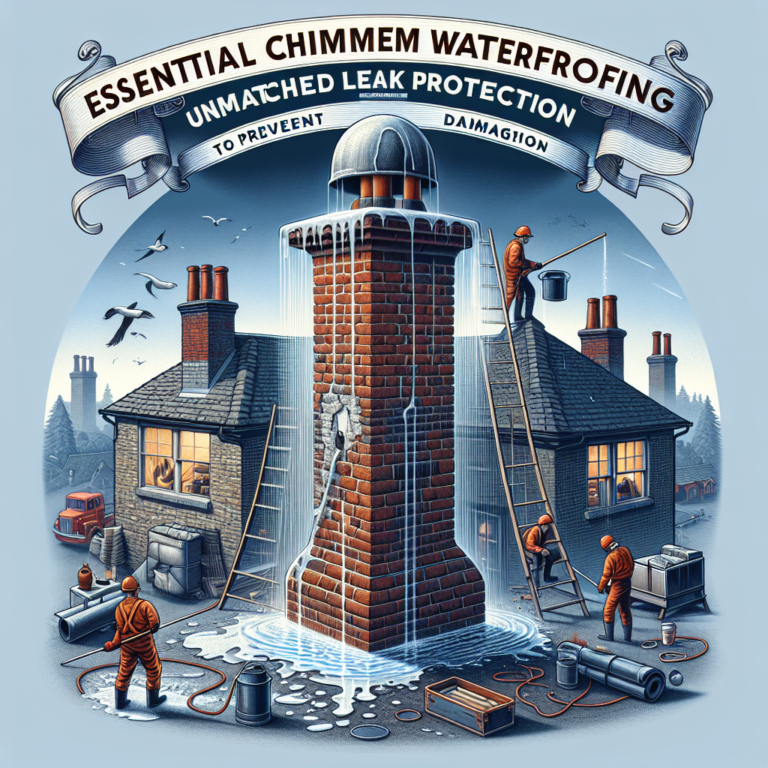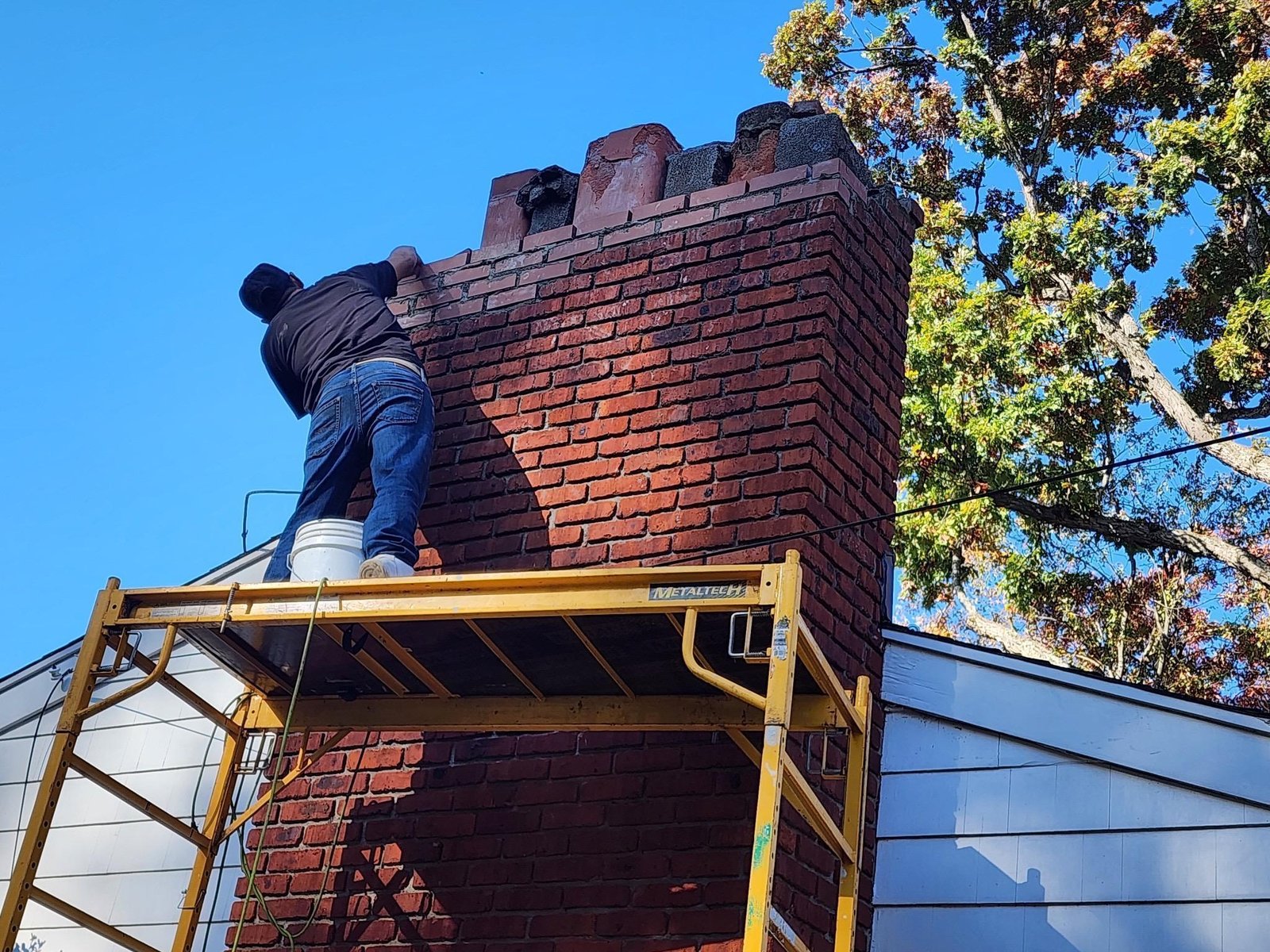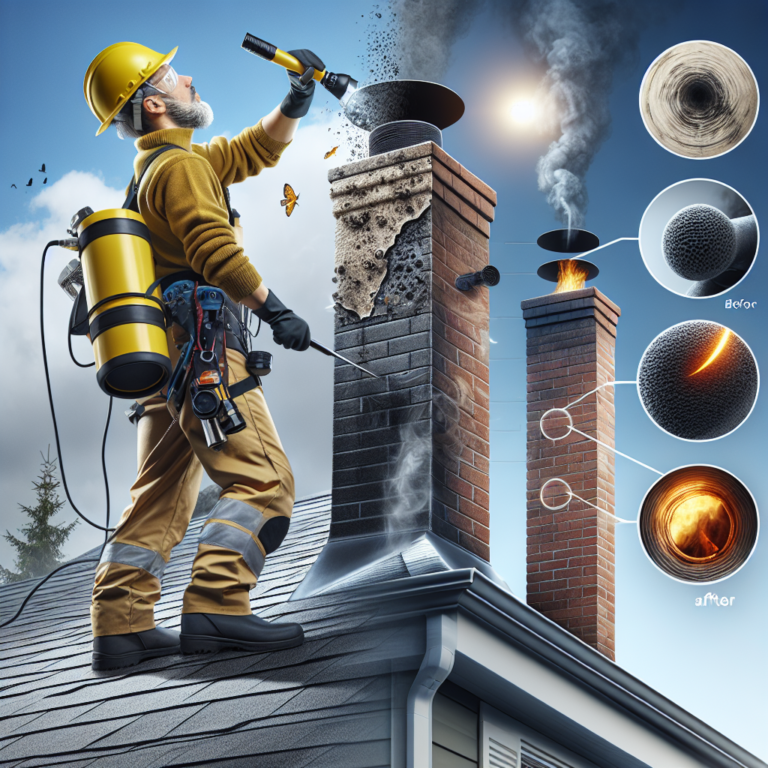Chimney caps and dampers play crucial roles in maintaining your fireplace’s safety and efficiency. These components not only protect your chimney from external elements but also enhance energy efficiency and airflow control. This guide explores how chimney caps enhance safety and protect your chimney, while dampers offer airflow control and improve energy efficiency. Together, they ensure your chimney system functions optimally while securing your home environment.
Chimney Caps: The Guardians of Home Safety and Energy Efficiency

Chimney caps stand as vital sentinels at the apex of your chimney system, diligently safeguarding your home while boosting energy efficiency. Safety and efficiency enhancements are the cornerstones of their utility, making them an indispensable component of any well-functioning chimney.
A chimney cap’s primary duty in ensuring safety lies in its unwavering fight against the elements. By providing a resilient barrier against rain, snow, and sleet, these caps protect the chimney’s interior from moisture infiltration. Water, an often underestimated foe, can devastate chimney masonry over time, leading to cracks and deterioration. Metal components within the chimney, like dampers or liners, risk rusting when exposed to moisture, but with a cap in place, such eventualities can be averted.
Furthermore, the defensive prowess of chimney caps extends to thwarting animal intrusions. Equipped with sturdy mesh screens, these caps effectively block animals—such as birds and squirrels—from nesting within the chimney. Not only do these unwelcome visitors create blockages, they also pose fire hazards. By denying access to such pests, chimney caps help maintain unobstructed airflow and reduce fire risks.
Chimney caps serve yet another critical function through their spark arrestor capability. The same mesh that defends against animals also works to contain sparks and embers, preventing them from escaping the chimney onto the roof. This substantially reduces the risk of rooftop fires, ensuring a safer environment for your home.
In terms of efficiency, chimney caps are adept at enhancing energy conservation. A well-designed cap promotes optimal draft conditions, diminishing downdrafts caused by wind turbulence. This means your fireplace operates more efficiently, with smoke and gases effectively expelled from your home. Additionally, by sealing out cold air during winter and preventing hot air from entering during summer, these caps contribute significantly to maintaining a stable indoor climate.
The caps also reinforce the longevity of the chimney system. By shielding the structure from extreme weather conditions, they reduce wear-and-tear, particularly those caused by freeze-thaw cycles that can damage masonry. Consequently, maintenance costs can decrease over time, thanks to the longevity a chimney cap imparts.
Moreover, chimney caps contribute to reducing soot accumulation. Less moisture penetration leads to a decrease in soot build-up, streamlining maintenance and cleaning requirements. These functional advantages combined underscore the crucial role chimney caps play in both the short and long-term performance of chimney systems.
Choosing the right kind of chimney cap is essential. Options range from basic, functional models to those that boast decorative flair. The choice depends largely on aesthetic preference, house style, and budget. Regardless of the choice, investing in a quality chimney cap assures homeowners of enhanced safety and efficiency benefits for years to come.
For those interested in further safeguarding their chimney systems, they may explore more about integral components like chimney liners and their maintenance necessities. Integrating these elements ensures that each part of the chimney system works harmoniously, protecting and enhancing your home effectively.
Maximizing Chimney Efficiency: The Critical Role of Dampers
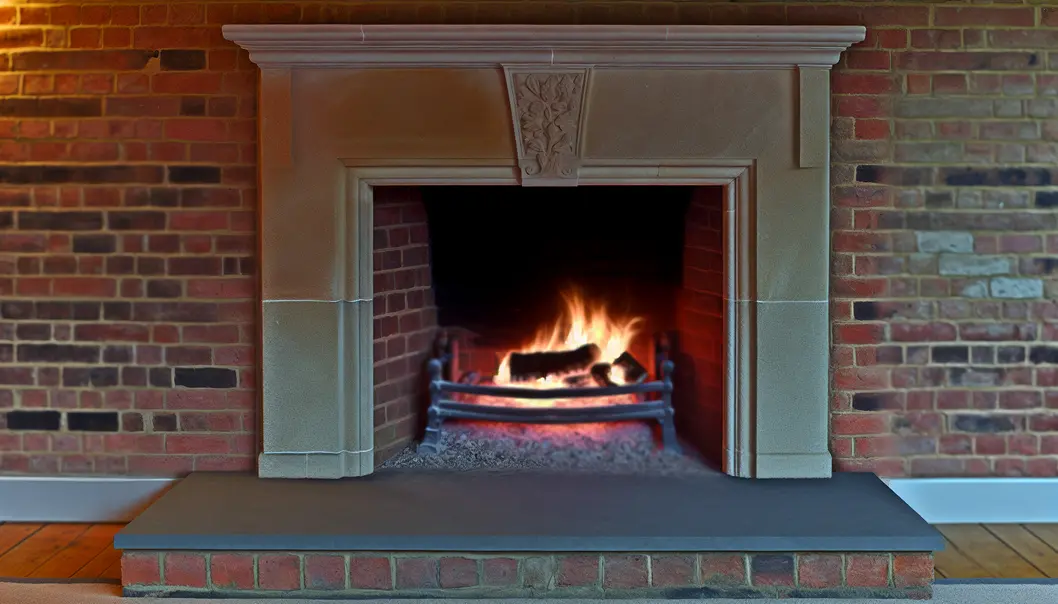
Dampers are pivotal in maintaining an efficient and safe chimney system. These adjustable mechanisms within the chimney flue play a vital role in controlling airflow, which directly influences the energy efficiency and safety of both residential and commercial buildings. Understanding how dampers function, the variations available, and their manifold benefits can significantly enhance your chimney’s performance.
At its core, a damper’s primary function is to regulate airflow within the chimney. By adjusting the damper, you can control the amount of air entering or leaving the fireplace, which is crucial when managing the heat output during a fire. This regulation not only affects the fire’s intensity but also helps direct smoke out of the building, thus mitigating indoor air pollution.
The significance of dampers extends beyond just fire management; they are essential for maintaining a building’s energy efficiency. During colder months, an open damper allows precious warm air to escape your home, leading to unnecessary energy loss and higher heating costs. Conversely, in the summer, it facilitates the escape of cooled air, undermining air conditioning efforts. By keeping the damper closed when not in use, these losses can be minimized, preserving the indoor climate and reducing utility bills.
In terms of safety, dampers help prevent harmful downdrafts that can channel smoke and dangerous gases, such as carbon monoxide, back into living spaces. By mastering damper adjustments, homeowners can effectively ensure a safer and more comfortable indoor environment.
There are several types of dampers, each suited to different needs. Traditional throat dampers, found at the chimney’s base just above the firebox, are commonplace in older masonry fireplaces. They usually require manual operation via a lever or chain. On the other hand, top-sealing dampers, acting much like a chimney cap, provide an airtight seal at the chimney’s top. These are operated with a cable system from within the home, offering enhanced protection against drafts and moisture. Meanwhile, flue linings with integrated dampers come with modern prefabricated metal chimneys, providing precise airflow control with minimal manual effort.
While manual dampers necessitate user intervention to control airflow, automatic models leverage sensors to adjust settings based on temperature changes or appliance usage, ensuring optimal functionality with less hassle. Each type caters to different preferences and building requirements, but all contribute to better energy management and safety.
The advantages of effective damper use are wide-ranging. Beyond reducing heating and cooling costs, dampers contribute to sustained comfort by maintaining consistent indoor temperatures. They also have environmental benefits; by optimizing fuel usage, they lower emissions. Additionally, proper damper usage decreases creosote buildup, extending the lifespan of the chimney and reducing maintenance needs.
Installation and maintenance are critical. Ensuring the compatibility of the damper with the existing setup is essential, and professional installation is often recommended to handle potential structural modifications and compliance with building codes. Regular maintenance, including inspections and cleaning, lubricating moving parts, and adjusting settings with changing seasons, will keep the system functioning smoothly and effectively.
Dampers are indispensable to modern chimney systems, serving not only as a mechanism for efficient airflow control but also as a guardian of safety and energy conservation. As you consider enhancing or maintaining your chimney, exploring options such as downdraft solutions for eliminating soot build-up may further support this endeavor.
Final thoughts
Chimney caps and dampers are indispensable for maintaining a safe, efficient, and comfortable home. Whether you’re looking to keep out the elements and wildlife or manage your energy consumption effectively, these components play vital roles in achieving those goals. By understanding their functions and benefits, you can ensure your chimney system works harmoniously, offering you peace of mind and efficient performance.
Protect your chimney from animals, rain, and debris. Install a new cap or damper with Chimney 360!
Learn more: https://chimney360.com/chimney-cap-replacement/
About us
Chimney 360 supplies and installs high-quality chimney caps and dampers to enhance your chimney’s efficiency and protect your home.

